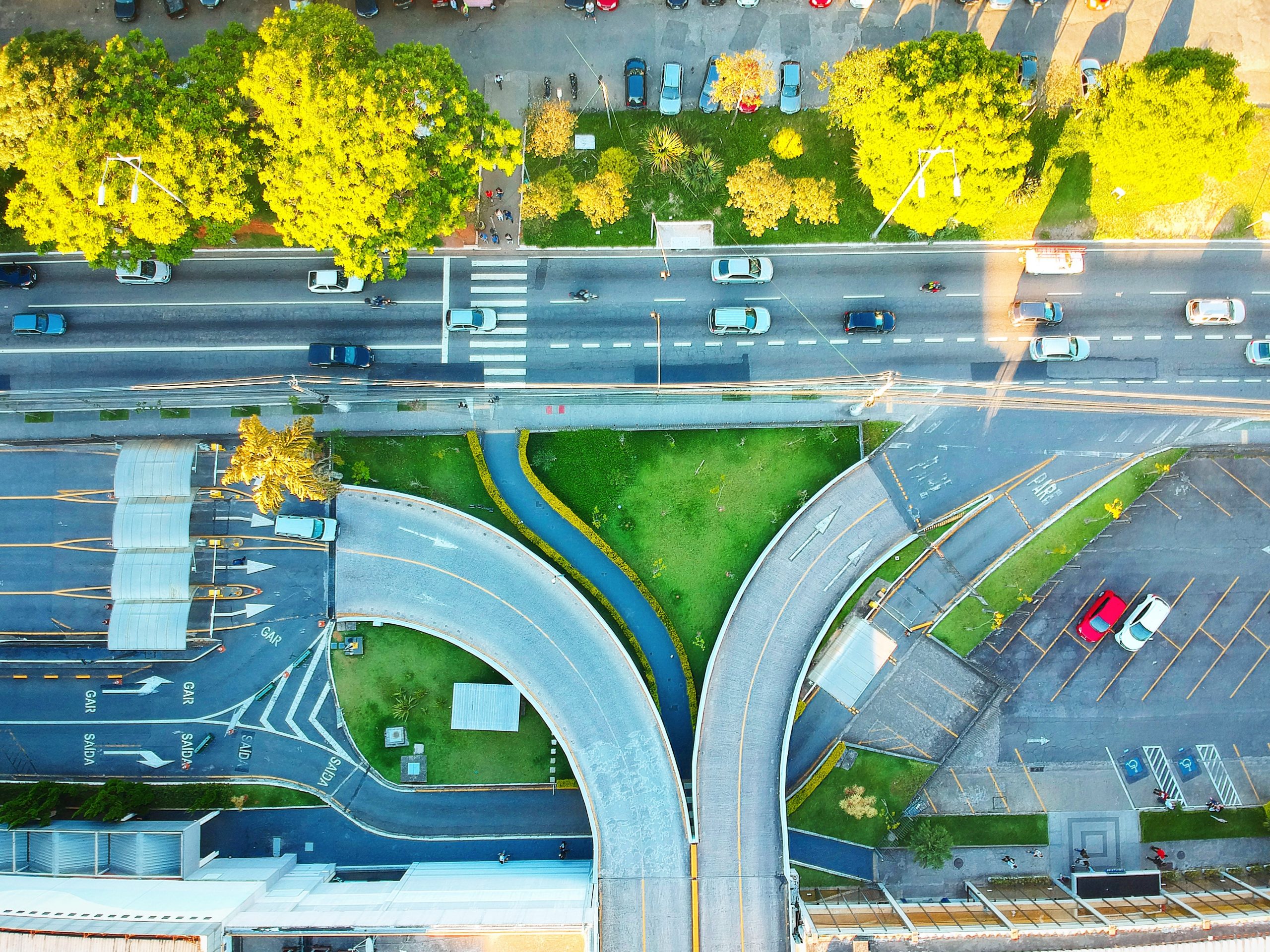 Peter Ayres is Managing Director for Asia Built Environment at Aurecon, Singapore. He is also a structural engineer and multidisciplinary team leader who has delivered a range of highly technical, international projects—from the world’s first-ever fully relocatable Antarctic research base to world class sports venues and transport hubs in Russia, Brazil, Africa, Asia and the Middle East. He has the rare distinction of having delivered projects on every continent on Earth.
Peter Ayres is Managing Director for Asia Built Environment at Aurecon, Singapore. He is also a structural engineer and multidisciplinary team leader who has delivered a range of highly technical, international projects—from the world’s first-ever fully relocatable Antarctic research base to world class sports venues and transport hubs in Russia, Brazil, Africa, Asia and the Middle East. He has the rare distinction of having delivered projects on every continent on Earth.
How will building design and operations be changed after lockdowns are eased?
Nobody really knows yet what the post COVID-19 world will be like because we do not yet know what the exit strategies are from the current lockdowns. We also do not know whether we will be living with this threat for the rest of our lives or whether it will be a shorter-term blip. But we all agree that the world has changed significantly. After the 9/11 incident, aircraft security and air travel are completely changed. It was a radical shift in response to one major event. I think it will be the same with COVID-19.
From the building owners’ point of view, what will be key is how we assess the way people expect to live and work within buildings in the future. Building design will not be so much driven by physical or technical issues but more by people’s behaviours and motivations.
For example, after the earthquake in Christchurch, when buildings were developed, they intentionally put the structure on display. The earthquake proofing features that are normally hidden away are now visible to reassure people that the buildings they enter has been engineered to be safe against earthquakes. We may well see the same things happening in buildings where information about the indoor environment is prominently displayed in public areas. I expect that people’s mentality and expectations will drive the design of future buildings and spaces.

In the future, information about the indoor environment may need to be displayed in public areas; image by michael walter/unsplash
What will society expect from architects and designers?
I think what’s really interesting for us as building designers is that there will be an expectation from the public that we design buildings that are safer for future potential pandemics. As designers, engineers and architects, we have a great influence on what living and working spaces will be like. We have a moral obligation to develop the environment in a way that creates and protects people in the future. It’s a sobering but empowering thought.
What we need to think about is not just buildings. We need to think about the future. What does the building of the future look like? How does the community of the future look like? What’s important to note is how these factors work together in newer, safer and more open ways that enable people to feel secure and demonstrate that we are more adaptable than when we started in January 2020.
Will work-from-home arrangement continue after the pandemic? How will offices and individuals adapt to it?
In densely populated cities like Hong Kong and Singapore, living space is a premium and carving out space for a functional home office may not always be possible. I think each organisation will have to navigate the diversity of employees’ preferences—a flexible office plan would be one that balances working styles and operational needs.
First of all, strong and reliable Internet connectivity is important. Any sort of design element that allows the ‘outside inside’ will help people cope with prolonged self-isolation or work-from-home arrangement; for example, windows that allow plenty of natural lighting and ventilation or high ceilings. Having dedicated spaces for family, exercise and work would be ideal so that you have mental separation of activities, in addition to the physical. Ideally, there should be a quiet space with great internet connection where you will not be distracted by your family nor will you distract them when you are talking on the phone.

Data sharing that has been encouraged during the pandemic could accelerate the development of smart cities; image sergiosouza/unsplash
How will sustainable design and the use of technology be impacted by the current situation?
I think open-plan offices will remain preferable but interspersed with a variety of spaces that allow collaborative working or quiet reflection. An open-plan office is also more flexible to sudden change of use as we have seen in the current COVID-19 situation, when social distancing is implemented. In my opinion, the desire to create healthier spaces may be a by-product of this pandemic. We may see more and better passively ventilated spaces and more resilient buildings. Increasingly, I think there’ll be more touchless control systems as well.
Another interesting issue is how our access to data and privacy will change as a result of this pandemic. How much people will be prepared to share security data will determine the progress of technology. Their willingness could accelerate the development of smart cities because cities depend on data to make them effective. With more data collected on people’s behaviours, cities can be smarter and more efficient.
Also read Peter Greaves’ insight on buildings of the future: Why Haven’t Buildings Become Productised?
– Construction+ Online

 Malaysia
Malaysia Hong Kong
Hong Kong Singapore
Singapore Tiếng Việt
Tiếng Việt ประเทศไทย
ประเทศไทย








